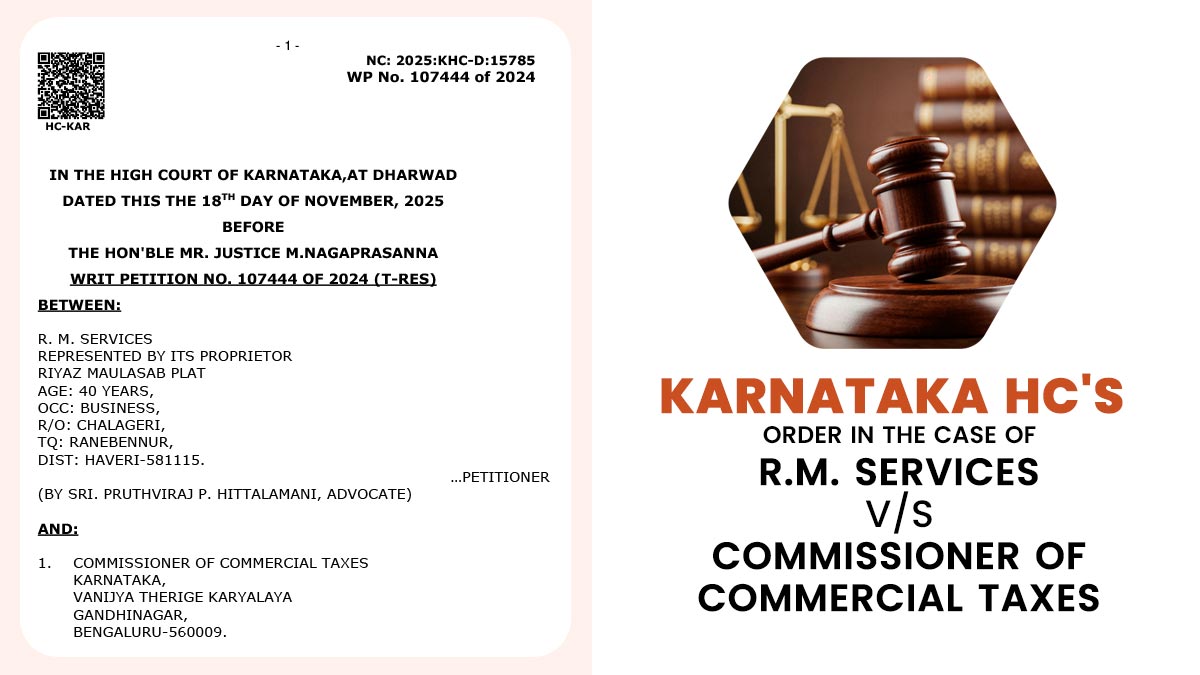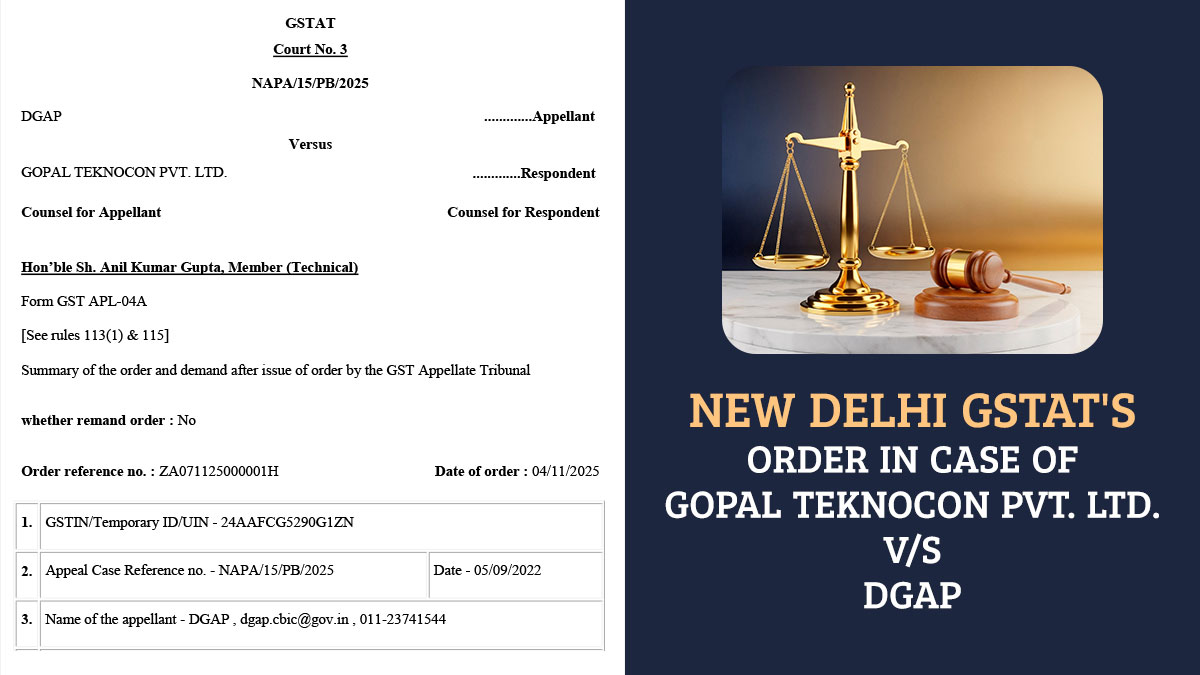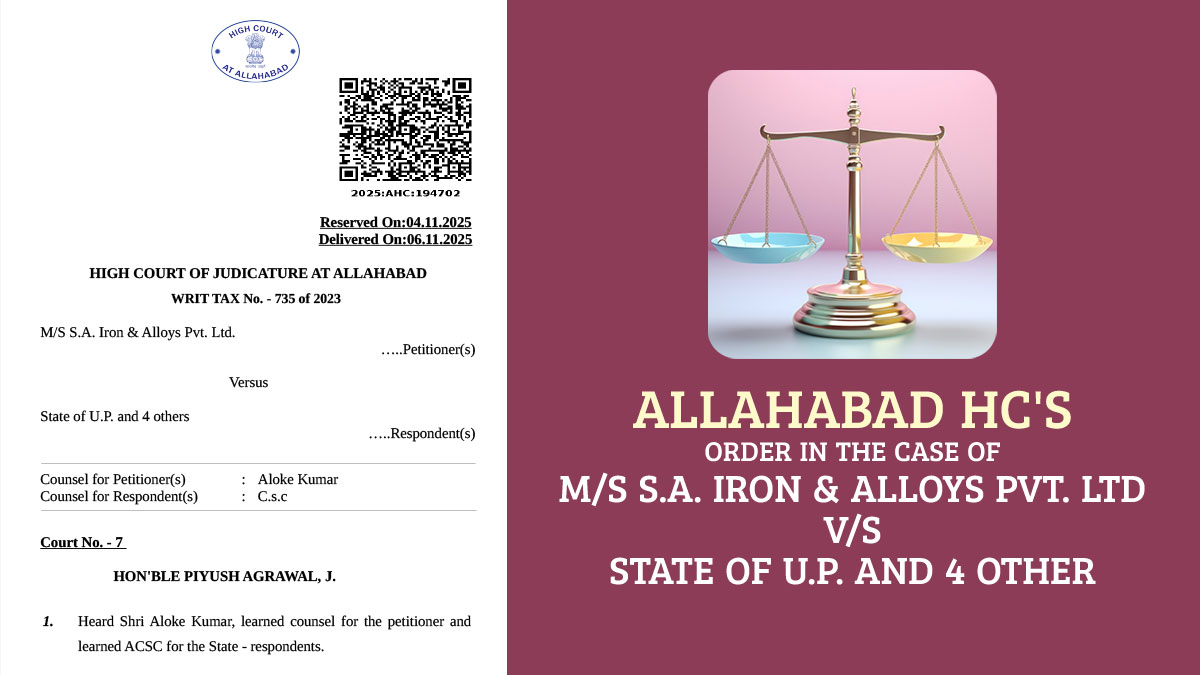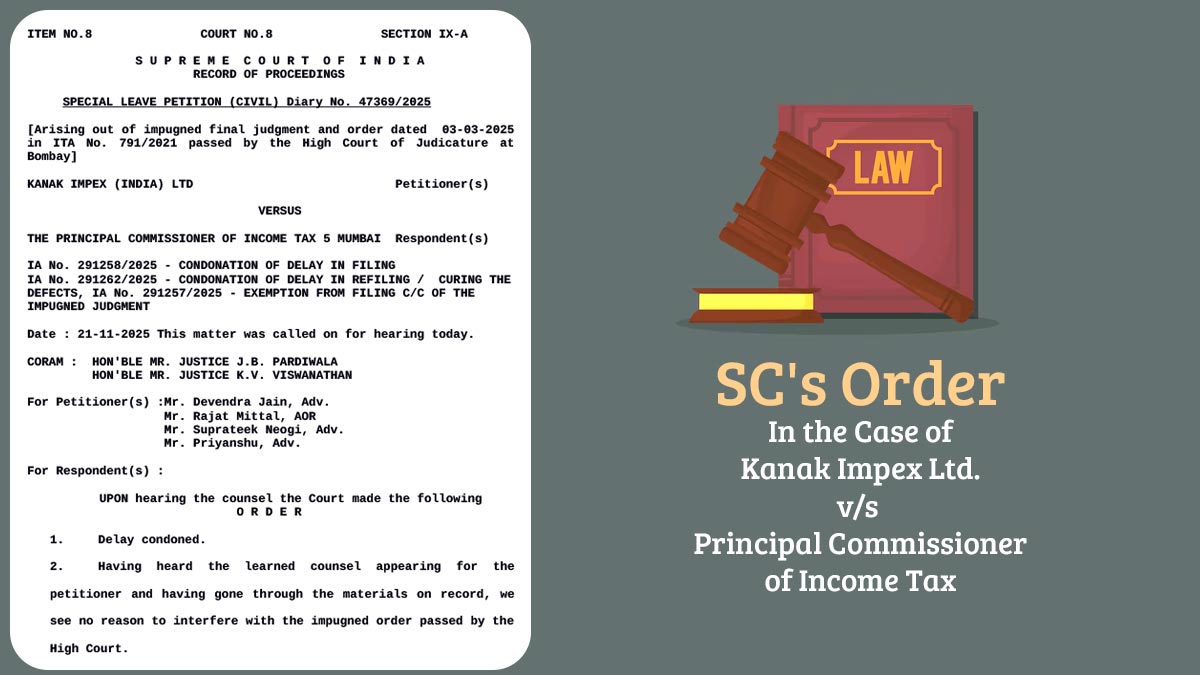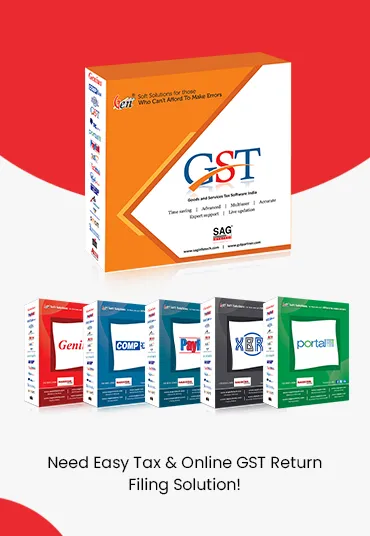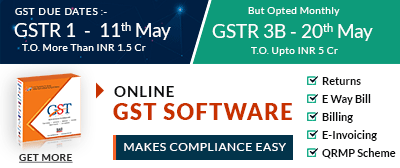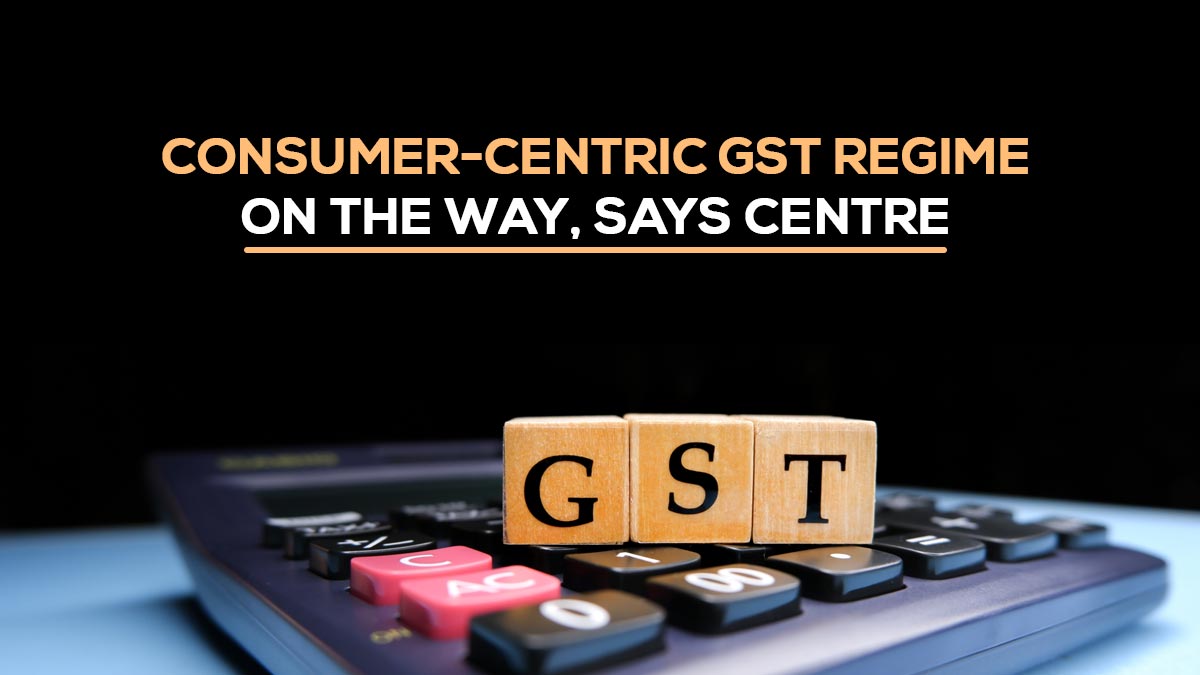
Prime Minister Narendra Modi recently discussed a new Goods and Services Tax (GST) system in his Independence Day speech, highlighting that this new approach will focus on benefiting everyday consumers, especially those who are less fortunate, small businesses, the middle class, and farmers.
As per sources, the new two-tier GST structure of 18% and 5% has a dual purpose: to simplify rates and procedures and to make the system more rational, as originally intended.
Fairer Taxation System
This initiative has been in development for some time. Our experiences from the past 8 years are shaping this change, which will fundamentally alter the taxation framework.
The new GST regime will make our taxation system more equitable and will lower taxes on the consumption of four specific categories.
The new approach will prioritise the perspective of consumers, and we will present and explain it to the states with that focus in mind.
The centre expects that if there is any loss in revenue, then it shall shortly get compensated via a resurgence in the economy, which shall be driven by rate rationalisation and process simplification. “Reduced rates will not lead to reduced revenues, and we expect compliance and collection going higher,” an official said, adding that the forthcoming tax regime will be “fiscally sustainable”.
Revenues might decline in the short term, but we anticipate that higher consumption and seamless compliance will compensate for this. Hence, it will remain an unbiased and fiscally sustainable exercise, said a source.
Deepavali Due Date
The Centre anticipates that the States to be on board with the proposals for the Deepavali, October 20 deadline it has fixed for itself to set them in motion. After the PM’s speech, the Ministry of Finance said the Centre would be engaging with the State governments in the subsequent weeks, in the run-up to the next GST Council meeting.
Two Groups of Ministers (comprising representatives of the State governments) — one on rate rationalisation and another on compensation cess — will be required to approve the particulars before they go for approval to the GST Council. GST is the centre point of conflict between Opposition-ruled States and the Centre, though the latter does not anticipate resistance to its revamp proposals.
“The concerns regarding any potential revenue losses are not theirs (Opposition-ruled States) alone to tackle. The Centre and the States should all work together to expand the revenues, using this opportunity. I do not think anyone will or can oppose the proposed reduction in rates.”
As the centre does not hold any representative in the GoM on rate rationalisation, if the GoMs determine against the proposal of the Centre, then it will seem like the states are deciding against reducing the taxes for the common man, as per sources.




